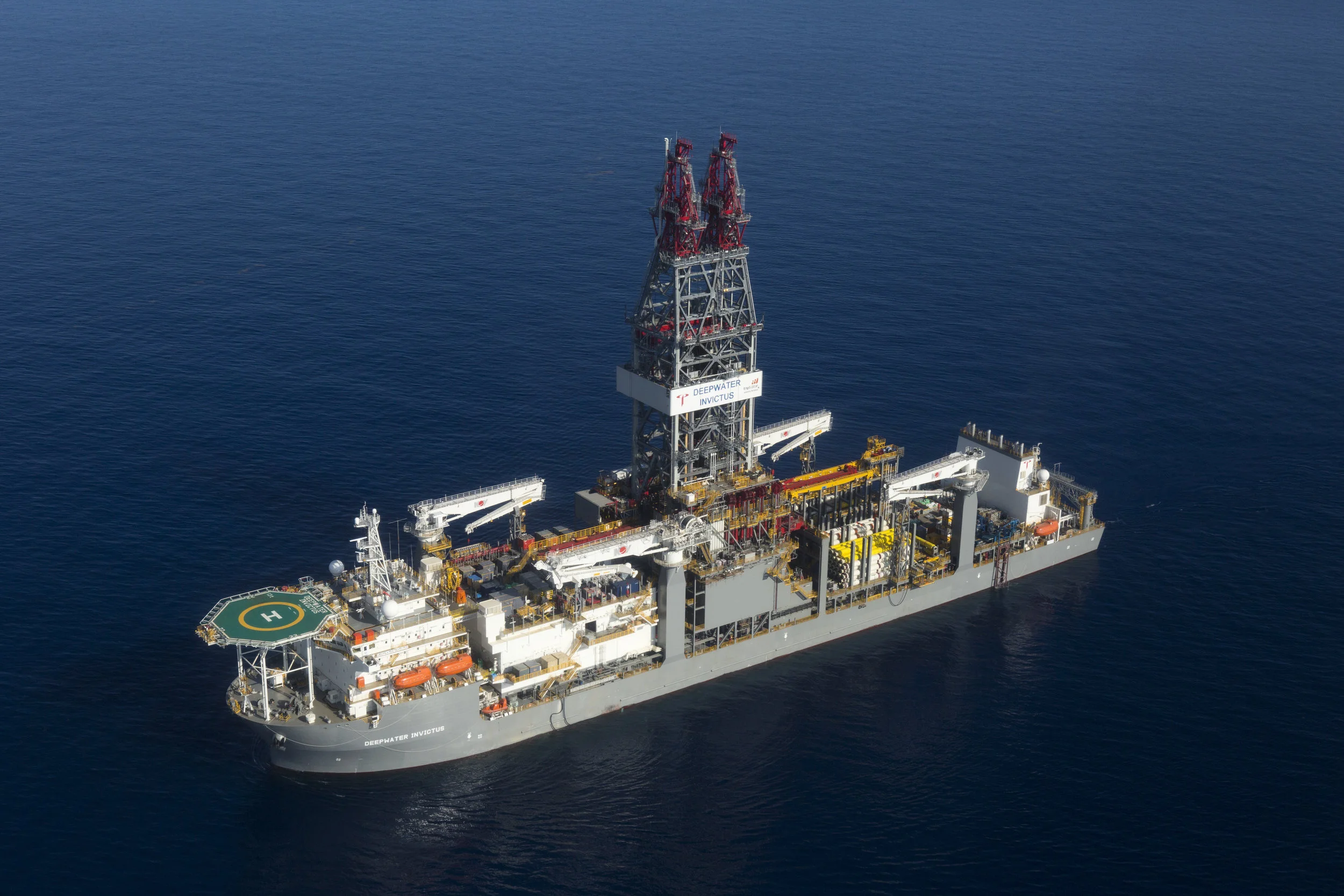This month, it was revealed in BHP Billiton’s (BHP) operational review for the year ended 30 June 2018, that the company has had success at the Victoria-1 well, drilled in the deepwater offshore Trinidad in TTDAA 5. This is a great indicator of hydrocarbons in the deepwater off Trinidad.
While drilling the exploration well, the company encountered gas. Victoria-1 represents another possibility for confirming BHP’s deepwater play, along with LeClerc in the deepwater off the east coast.
While the company has not released the details of the potential magnitude of the find at Victoria-1, the Minister of Energy and Energy Industries, Senator the Honourable Franklin Khan, has indicated in Parliament that LeClerc holds approximately 5TCF of gas.
The operational review states that, ‘In Trinidad and Tobago, following the gas discovery at LeClerc, we commenced Phase 2 of our deepwater exploration drilling campaign to further assess the commercial potential of the Magellan play.' This is consistent with Geraldine Slattery’s statement at the Energy Conference in 2017 that ‘It takes more than one discovery to prove a play’.
BHP will continue their drilling campaign. They have indicated that ‘Following completion of the Victoria-1 well, we expect the Deepwater Invictus drill ship will move to the Bongos prospect in northern Trinidad and Tobago’.
But is Trinidad and Tobago ready for success in deepwater? If BHP is successful, what does it mean for the services industry in Trinidad and Tobago?
The first thing that we have to consider is that these are the early stages of the development and will require further exploration to understand the scale of the reservoir and to assist in ground-truthing the seismic data.
Once the scale of the development is identified through exploration, BHP and its partners will be assessing how best to extract the hydrocarbons using currently available technology.
Depending on the size of the find, solutions could range from subsea tie backs to existing facilities or perhaps even a stand-alone development.
Local opportunities to support this development will be varied and will depend on the development solution that is ultimately implemented.
Unfortunately, there won’t be many opportunities for local content to manufacture the specialty equipment or to provide the sophisticated deepwater installation vessels.
However, there will be various other opportunities to support the construction and operation of the developments. Some examples would include subsea structures fabrication, materials logistics and supplies support and system integration testing of the various components to be installed.
While the industry looks at what BHP will find with great anticipation, local energy services providers are gearing up and are eager to gain experience in this deepwater domain.

